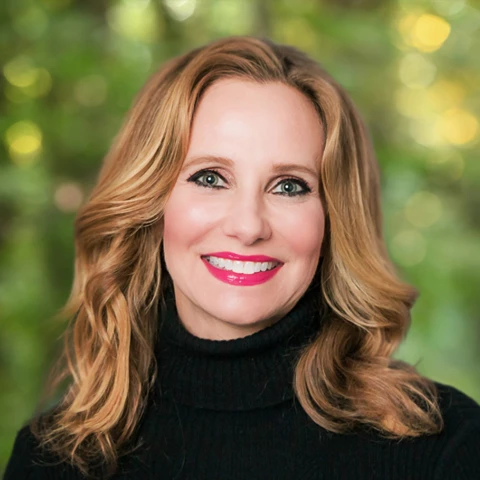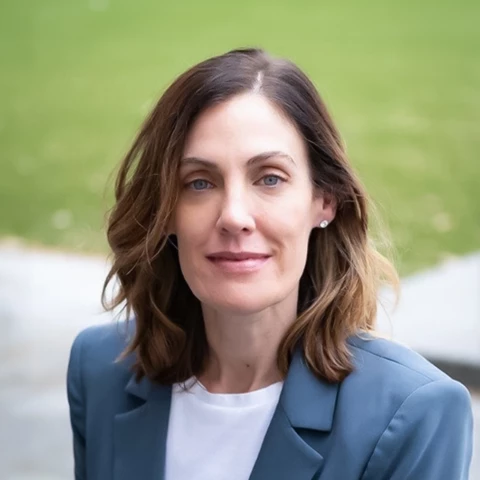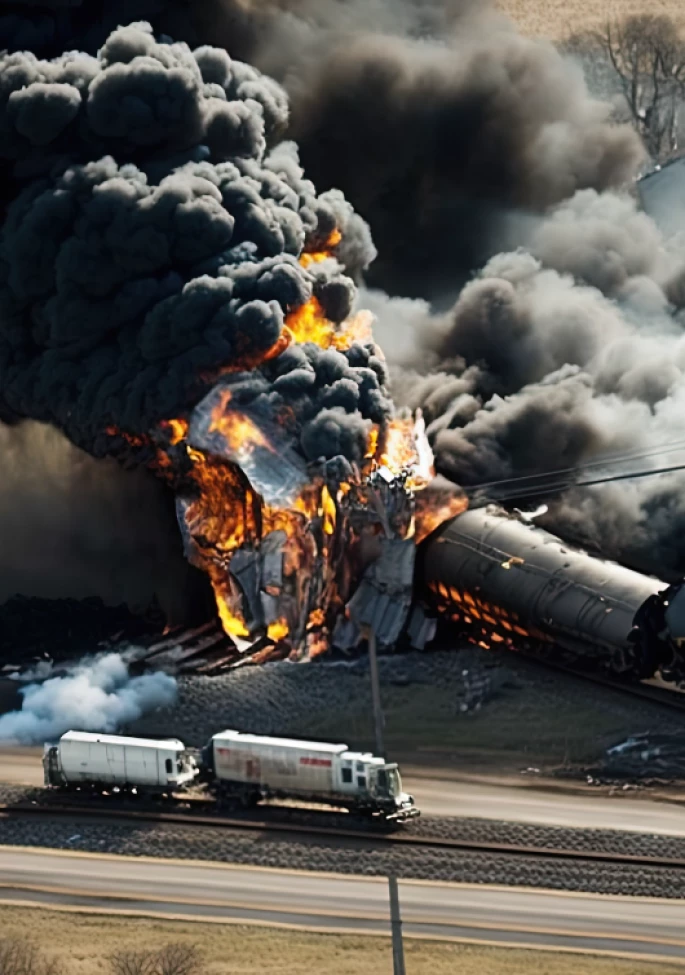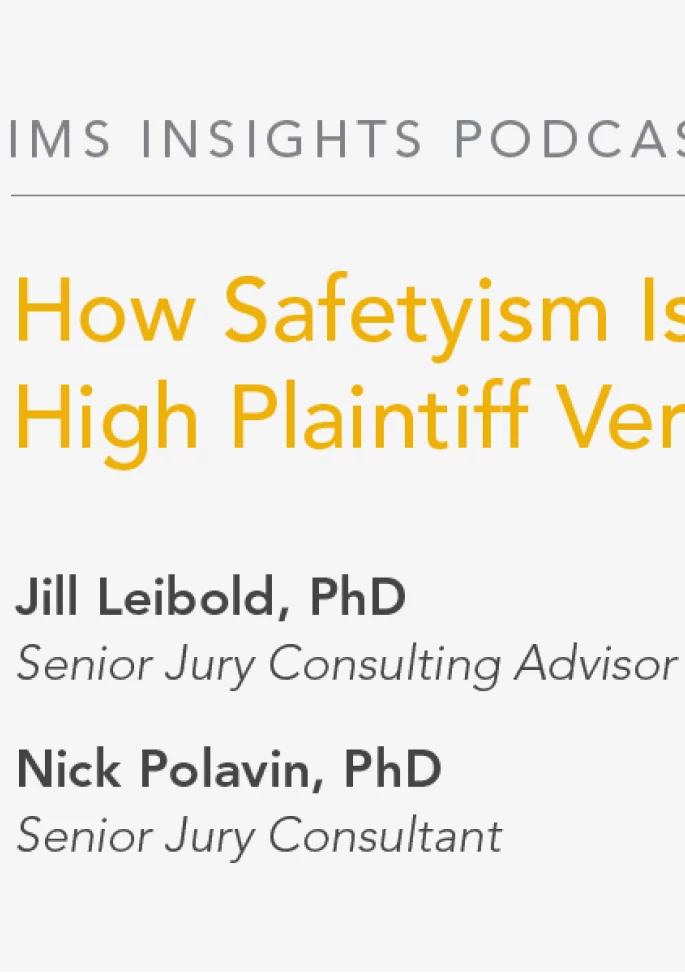As we speak, plaintiff attorneys are leveraging the spread of safetyism—a widespread expectation of 100% safe, 100% of the time—to obtain nuclear verdicts. This is not just another “reptile” strategy that preys on their fear in the moment. Rather, it is a strategy that targets jurors’ learned emotional thinking patterns more broadly. It is not just about fear; it is also about sympathy and, worse, anger.
Plaintiffs’ attorneys no longer need to focus on the jurors’ close community. They can exploit the widespread presence of unrealistic safety expectations, anti-corporate biases, and distrust of government agencies to focus on anything and everything more that the corporation could have done to prevent the claimed harm—regardless of whether such actions were even feasible.
Coupled with the emotionality of today's jurors, this can lead the jury to eschew assessments of the plaintiff, their injuries, and actual causation in favor of decrying the corporate defendant and its actions.
Safetyism Is Driving Massive Damages
Consider the recent case of Abel v. Lacks Beach Service.1 A man drowned when he was caught in a powerful rip tide while swimming in the ocean with his children on vacation. His fiancé sued Lack's Beach Service and the City of Myrtle Beach for wrongful death. The family was awarded $13.73 million in actual damages and $7 million in punitive damages, for a total verdict of $20.73 million.
The plaintiff’s pleadings in Abel were fraught with claims that the foremost duty of the beach service—a private, for-profit entity—was the protection of the beach-going public. Plaintiff’s counsel seized every opportunity to remind the judge, and the jury, that the defendant is a private corporation, providing services to a public municipality for a profit, underscoring their position that Lacks chose “profits over people.” The defendant’s post-trial motion argued that the admission of revenue figures violated South Carolina law and, beyond that, was completely misused by adverse counsel:
Plaintiff's counsel used the financial evidence exactly as it should not have been used. At every possible opportunity, counsel described LBS as the “for-profit defendant.” The $1.5 million in gross sales for 2018 was gratuitously repeated for the jury's consumption. Of course, the 2018 sales figure had no relevance whatsoever to what happened on the beach on August 24, 2018. The admission of business income of this kind and nature has been forbidden by the South Carolina Supreme Court.2
The trial court, denying the post-trial motion, blamed defense counsel for not objecting on each occasion in which plaintiff’s counsel made use of the revenue figures.3 This outcome serves to stress the need for vigilance on the part of defense counsel.
While defense counsel in Abel directly addressed this line of argument in pre-trial proceedings, the tactic now employed by plaintiffs’ attorneys increasingly avoids explicit use of the “profits over people” rhetoric when a jury appears predisposed to drawing that conclusion when presented with a corporate defendant.
In another notable case, Cruz v. Allied Aviation Fueling Co. of Houston, wing walker Ulysses Cruz was struck at George Bush Intercontinental Airport by a van being driven by an Allied Aviation employee.4 The jury’s verdict was also striking; they awarded Cruz $35,382,770 in economic damages and nearly $320 million in non-economic damages.
This exemplifies a broader trend in jury decision-making; substantial awards against corporate defendants are increasingly common. There was significant discussion during the proceedings about the influence of including Allied in the jury charge, with a general acknowledgment that this would likely escalate the damage award. This incident also underscores a growing juror inclination to impose hefty penalties on corporations, reflecting an anti-corporate bias and a pervasive belief in the overarching responsibility of companies to ensure the safety of all individuals within their operational orbit. It serves as a poignant illustration of the challenges faced by corporations in litigation—highlighting the need for meticulous jury selection and strategic framing of safety responsibilities in the context of voir dire to mitigate emotional thinking and potential biases.
Safetyist Beliefs Are Dangerous for the Defense
In an attempt to isolate the problem and identify solutions for defendants, Drs. Jill Leibold and Nick Polavin published introductions to the theory of “safetyism” and how it has changed the landscape for corporate defendants, as jurors’ tolerance for risk has reached new lows and their demands for safety have reached new highs.5
Jurors subscribing to safetyism always expect corporations to “do more,” even if they cannot specify how more safeguards would have prevented a plaintiff's injury. We continue to hear mock jurors hone in on possibilities and “what ifs,” instead of probabilities and facts. Safetyist jurors will almost always side with the plaintiff and can be unflinching in deliberations.
The first line of defense is to hit plaintiffs’ attorneys where they live. If they seek to appeal to safetyists, defense counsel must remove as many of those safetyists as possible from the venire. Identifying such jurors in voir dire and targeting them for cause or peremptory strikes is an essential step in obtaining a defense verdict or, at least, avoiding nuclear damages.
A Brief Background on Safetyism Among Jurors
“Safetyism,” coined by authors Jonathan Haidt and Greg Lukianoff, is presented as the culmination of our societal progression toward these hyper-protective mindsets.6 In The Coddling of the American Mind, they define safetyism as being characteristic of three fallacies of thinking:
- Desiring a total avoidance of risk, harm, or verbal/social discomfort;
- Always trusting feelings first, such that emotional reasoning is more legitimate than logic or science; and
- Perceiving the world as a battle between good and evil, such that resulting tribalism allows for little to no good-faith discourse or compromise.7
While Haidt and Lukianoff presented their analysis within the context of college campuses, jury researchers have witnessed ballooning jury verdicts and concerning trends in mock- and trial-juror feedback that appeared to align with such mindsets. Drs. Leibold and Polavin recently pursued further research to assess the relationship between the likelihood of a plaintiff verdict and the strength of jurors’ safetyism factors.8 The results revealed that heightened risk aversion, reliance on intuition, and distrust of government agencies to keep people safe were indeed significant predictors of a pro-plaintiff juror. Safetyism therefore offers a helpful lens to categorize the changes we have witnessed in the jury pool—and a means to optimize defendants’ voir dire by targeting key plaintiff predictors.
Targeting Safetyism in Voir Dire
While no single voir dire question will be a magic bullet to identify every potential safetyist plaintiff juror, using a constellation of responses to related topics can provide guidance for strikes and cause challenges. In their research, Drs. Leibold and Polavin revealed a number of attitudes regarding safety expectations and risk aversion as the strongest predictors of plaintiff jurors. These attitudes should be prioritized in voir dire to weed out strong safetyist jurors. In particular, the following can be turned into useful voir dire questions:
Safety Attitudes
- Has stopped use of a product due to potential health and safety risks
- Companies should ensure their products are 100% safe 100% of the time
- Manufacturers are still at fault if a product is misused and someone is harmed as a result
- Manufacturers have the responsibility to research and prevent every possible misuse of their products
- Medicines should warn about every possible side effect, no matter how small
- Products should warn about every possible risk of injury, no matter how remote
Notwithstanding questions about the particular product in the case, however, risk aversion can be somewhat trickier to determine in voir dire or on a jury questionnaire. Luckily, research analyses indicated that there may be a simpler way to ascertain a juror’s risk aversion: ask about their trust in government agencies. Drs. Leibold and Polavin discovered that risk aversion is highly correlated with a lack of trust in the EPA, FDA, and other regulators. Therefore, defense attorneys can use these topics to gather additional information from potential safetyists:
Distrust of Government Agencies
- Distrust government regulatory agencies (e.g., EPA, FDA) to keep people safe
- Corporations have too much influence on government agencies
- Government agencies are too business-friendly
- Government agencies, such as the EPA and FDA, do not research products and medicines thoroughly before approving them
- Most government agencies are too understaffed and underfunded to do a good job
Going the Extra Mile for Cause
Nothing is free in life…except for cause challenges. Sure, it takes work to get them granted and will vary from judge to judge, but the opportunities are there and can make or break the quality of a jury. A key step to a cause challenge is getting jurors to speak about their views openly. The more they explain why the issue matters to them and how strongly they feel, the better your chances of a cause challenge being granted. There are always jurors who will continue to insist they can be fair, but the more they reveal, the better counsel can decide whether to target them with a precious peremptory strike, if it comes to it.
To achieve cause, jurors often need extra encouragement to share their potential negativity toward the defendant, government agencies, an inability to accept risk, and other case-specific experiences. Attorneys must give jurors permission to be critical and negative. Allowing them to connect with the questioning attorney by granting them freedom to communicate without the weight of their fears or anxieties moves them one step closer to admitting they could not treat the defendant fairly. There are many venues where politeness can be deeply culturally embedded (e.g., Hawaii, much of the South), which makes the permission to criticize even more important in those regions. Tell jurors, “I want to let you all know that I am here to hear your views, because voir dire is literally about speaking truth. There are no bad answers, and you absolutely cannot hurt my feelings. I have very tough skin. I want you to be brutally honest about your feelings and thoughts. It is why we are here right now and it will help me understand how to get the fairest jury for my client.” Also, thank them for their negative answers and let them know you appreciate their honesty. Then, if voir dire may continue for hours, remind them of your permission to speak their mind, even if they have negative views in response to your questions.
“Mirroring” is another handy technique to encourage jurors to expand on something they have said, especially since it leverages their own words. Mirroring can be as simple as repeating the last three or so words that a juror said (although more advanced questioners can identify preceding phrases that may be more on target for the case) and repeat them, word for word, but as a question. Embrace any momentary silence afterward—jurors typically will fill that silence with a more robust answer. However, if voir dire time is tight, add “Can you tell me more?” to the end of those mirrored words, giving the juror explicit permission to continue talking.
When it comes to those jurors who are still reluctant to volunteer information, once a safetyist is identified, ask the panel as a whole “Who agrees with juror 5?” Sometimes, a reluctant juror will be more inclined to simply raise their hand or acknowledge they feel the same way as a juror who has expressed their beliefs as opposed to doing it themselves.
Seal the deal by asking more specific questions to try and lay a good predicate to support a strike for cause. While the various states and jurisdictions differ on the standard to strike a juror, when jurors clearly articulate that they will rely on their beliefs to decide a case regardless of what the evidence may show, it offers a stronger argument for cause.
In Conclusion
While safetyists pose big problems for corporate defendants, they are not a guaranteed presence on the jury. A winning defense still begins with targeted and effective voir dire, and it can be tailored directly to identify jurors with strong safetyist attitudes. By staying one step ahead of plaintiff attorneys and understanding the evolving beliefs and expectations that accompany today’s jurors, defendants can still lay the groundwork for courtroom success.
The original version of this article was published by the International Association of Defense Counsel on October 10, 2024. Republished with permission.
References
1 Abel v. Lack's Beach Service, Inc., No. 2019- CP-26-07075, 2022 WL 22716034 (S.C. Ct. C.P., August 1, 2022).
2 Id. at 21.
3 Abel v. Lack's Beach Service, No. 2019-CP26-07075, 2023 WL 10953192, at *9 (S.C.Ct..C.P., Apr. 10, 2023).
4 Cruz v. Allied Aviation Fueling Co. of Houston, Inc., No. 2019-81830, 2021 WL 7448668, at *1 (Tex. Dist. Ct., Oct. 25, 2021).
5 Jill M. Leibold, Nick Polavin, Christopher Burrichter, Mary Kim and Allie Ozurovich, The New Normal: Safetyism and Conspiracies Are Affecting Juries, 18 IN-HOUSE DEF. QUARTERLY 17 (Summer 2023); Jill M. Leibold and Nick Polavin, “The Rise of Safetyism Has Entered the Courtroom,” LAW360, (May 3, 2023), available at https://www.law360.com/articles/1603502/the-rise-of-safetyism-has-entered-the-courtroom.
6 Greg Lukianoff and Jonathan Haidt, The Coddling Of The American Mind, (2018).
7 Id. at 30.
8 Jill M. Leibold and Nick Polavin, “A Strange New Litigation World: Safetyism, Plaintiff Verdicts, and High Damages,” For the Defense, 41 (Sept. 2023).









